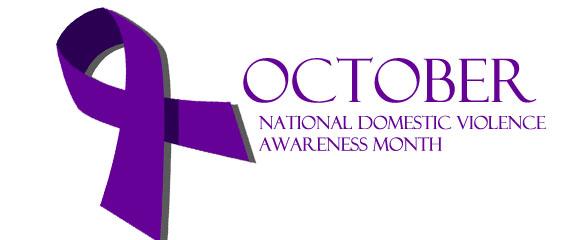Despite increased local and statewide efforts to combat domestic violence, it still puts quality of life — and sometimes those lives themselves — in danger for many Wisconsinites.
More women between the ages of 16 and 24 are involved in abusive relationships than any other age demographic in the country, Emily Barnes, Domestic Abuse Intervention Services of Dane County spokesperson, said. Almost one in three teens who have dated have experienced relationship violence.
But since dating violence often goes unreported, the number of teen victims is probably higher, according to Barnes.
Gov. Scott Walker said in a statement about 2,500 domestic violence victims seek assistance and shelter in the state every year and last year, 43 victims died as a result, 36 of whom died from homicide. To shine a light on this problem, October was named national domestic violence awareness month.
Barnes said DAIS primarily serves Dane County domestic violence victims through programs including a 24-hour helpline, emergency shelter, legal advocacy, support groups, activities for children in abusive households and prevention-based programs. She said DAIS does not see any particular societal group more impacted than another.
“It definitely touches everyone,” Barnes said. “It is not an issue that discriminates based on socio-economic status or race or ethnicity, it really … touches all facets of our community.”
Teresa Nienow, executive director of People Against A Violent Environment, Inc. of Dodge County, said in an email to The Badger Herald that power and control are constant factors in all violent relationships. Minimizing and blaming, sexual abuse, intimidation, isolation, threats and emotional abuse are all tactics abusers use, she said.
While power and control are consistent, it is important to note they differ in practice between relationships, Nienow said. For example, sexual orientation could be a factor impacting how power and control tactics are employed, she said.
Darald Hanusa, a University of Wisconsin social work senior lecturer and founder of Alternatives and Treatment for Abusive Men, said American culture sends negative messages to both men and women, which determine defining characteristics of masculinity and femininity.
“No matter what it is, if you are feeling powerless at that point … it is like the adult version of a tantrum, you can use violence to get what you want, to restore that sense of power you think you are entitled to because that’s what you have been taught in this culture,” Hanusa said.
Hanusa said his treatment program for abusers, ATAM, is about a 14-month process that includes discussing the meaning of masculinity and addressing childhood trauma in order to help them find safe, non-abusive ways to deal with anger.
Eighty percent of men who are abusers came from families in which they either witnessed or experienced abuse, Hanusa said. In addition, he said women who grow up in abusive households are more likely to tolerate abuse and take longer to leave an abusive relationship.
Since children are stuck without the option to leave an abusive household, Hanusa said they are “probably the real victims.” That is why prevention efforts should start at a younger age, Hanusa said.
Both Barnes and Hanusa expressed desires to increase prevention programming for younger children. Hanusa said schools should have more programs to stop abuse cycles.
“We really have to start looking more at prevention, we need to go upstream and find out why is all of this happening in the first place,” Hanusa said. “I think we need to have programs in schools that teach about non-violence, that teach about gender respect and equality [and] I think we need to start it much, much younger.”
Walker apportioned $11 million to help fund the DAIS and to build the Sojourner Family Peace Center in Milwaukee in 2013, according to the statement. In addition, Walker increased domestic violence abuse grants by $5 million in the 2015-17 budget.
But Danusa said there’s still a long way to go before society eradicates domestic violence.
“I have been doing this work for over 35 years and I don’t see that it has really gotten any better necessarily,” Danusa said. “I mean domestic violence is still there, even among our new generation … people are still learning that violence works. We are a culture that’s consumptive of violence.”
Earlier this month, DAIS launched the first texting dating violence helpline to target young victims who are more accustomed to texting than calling. To access free and confidential services, text “HOPE” to 20121.


